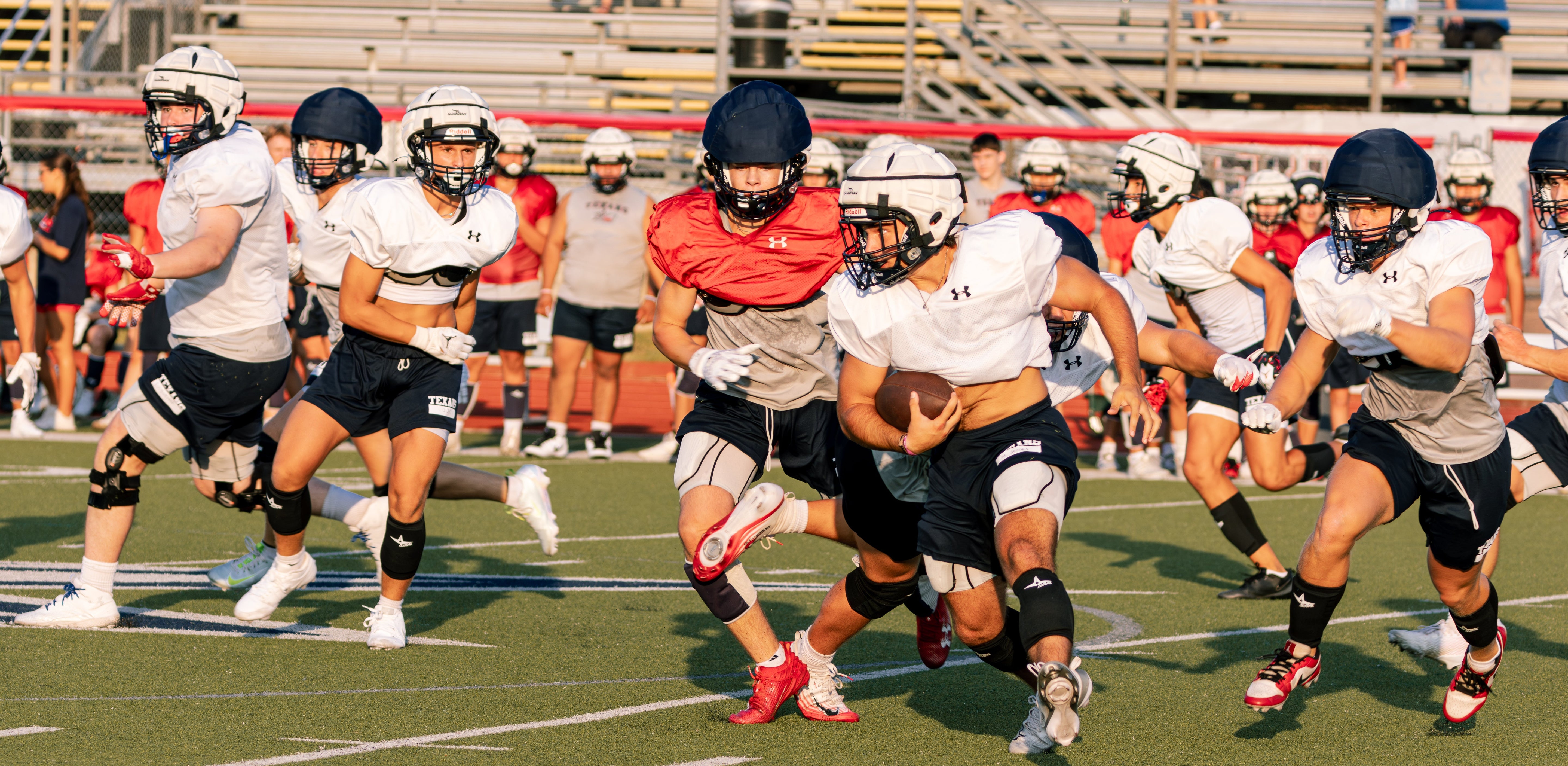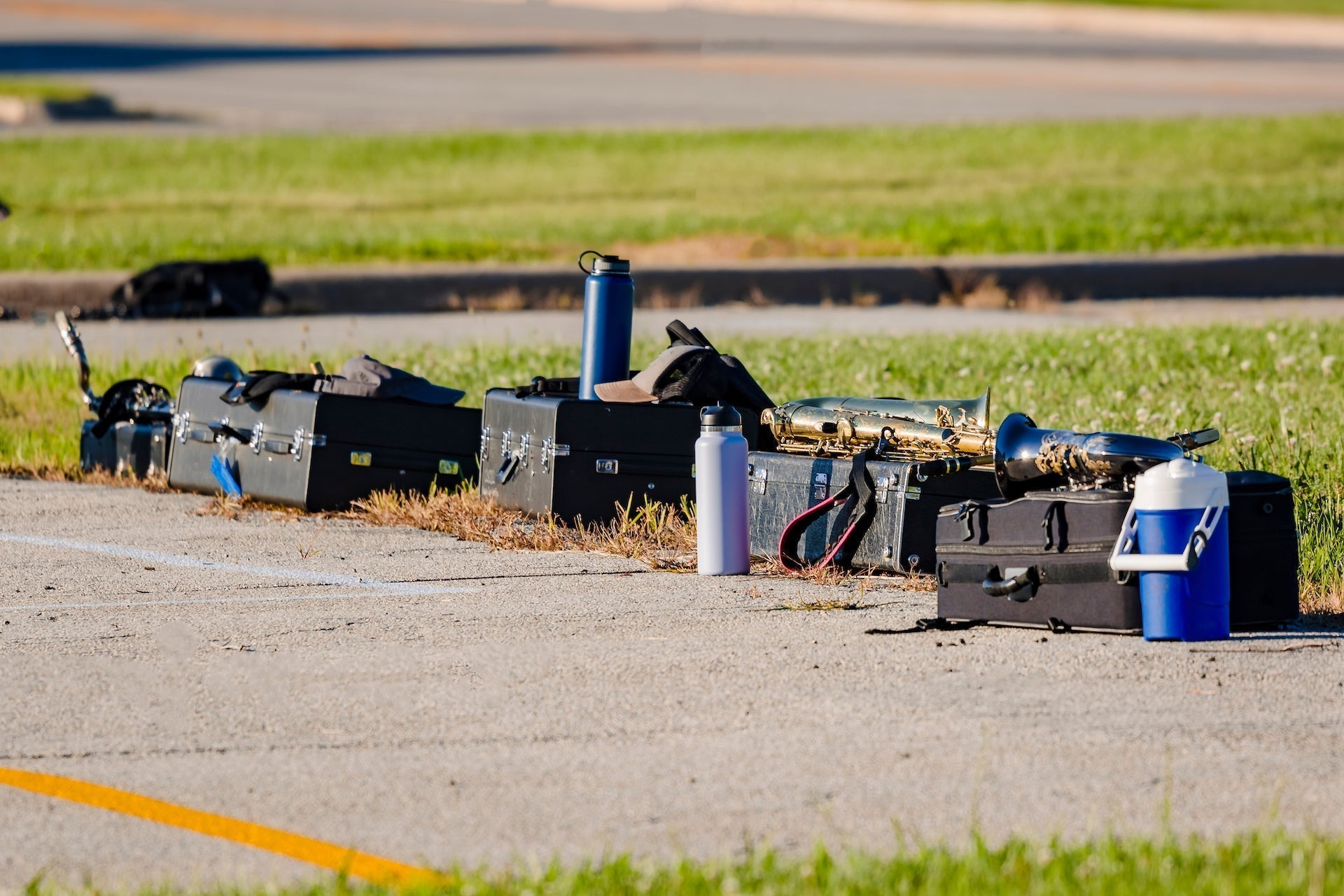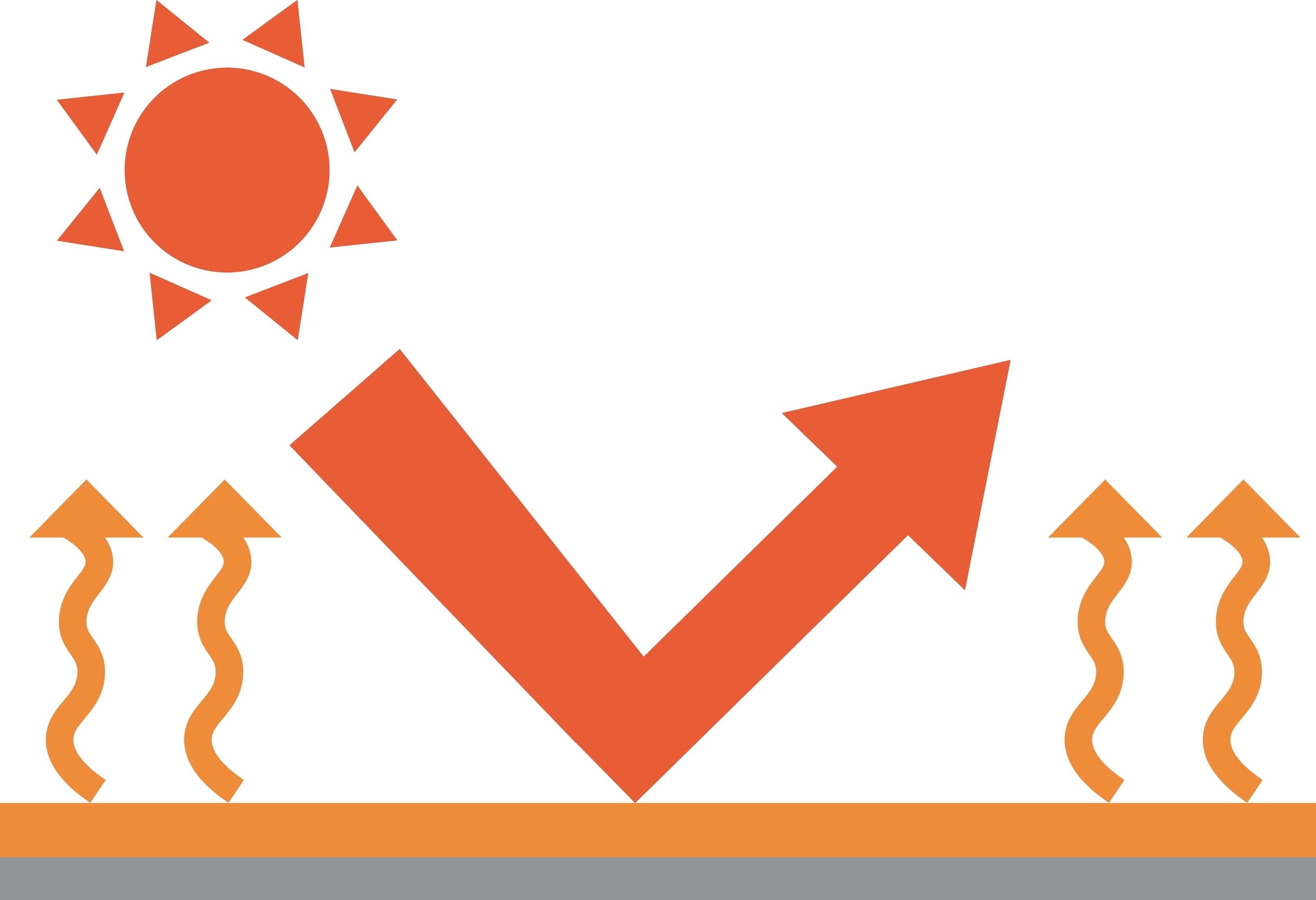Recent tragedies in high school football—where teen athletes collapsed from heatstroke during practice—sparked urgent nationwide warnings about safety practices. These reminders often come after the fact. The pattern is the same: a crisis unfolds, then advice follows.
One story underscores a hard truth: once core temperature climbs past a critical threshold, the body can no longer regulate heat effectively, and damage escalates fast. Waiting for unmistakable symptoms means arriving late to the moment that mattered most.
Why Managing Emergencies Doesn’t Work
- Delayed discovery — Heatstroke is often recognized only when symptoms are severe.
- Reactive norms — Guidance and alerts typically surface after incidents.
- Irreversible harm — Beyond a point, rapid action can’t undo internal damage.
Flip to a Preventative Model
If you’re already managing an emergency, it's too late. The shift is from reaction to readiness:
- Make heat exposure visible before symptoms hit. Use real-time signals—core temperature, skin temperature, heart rate—to surface early heat strain.
- Personalize thresholds. Every athlete responds differently; one-size-fits-all guidance misses risk at the individual level.
- Embed proactive insights into daily routines. Deliver timely prompts that say, “Red flag. Slow down now.”
The HeatSense Approach
HeatSense translates real-time core temp, skin temp, and heart rate into individualized readiness insights. Coaches get a clear, moment‑by‑moment view of how heat is impacting each athlete—so adjustments happen early, not after a crisis begins.
- Individual visibility: Understand how each athlete responds to heat, not just the team average.
- Actionable timing: Alerts and insights arrive when they’re still actionable—during the build‑up, not the aftermath.
- Confidence to train: Shift sessions based on live physiological load to protect performance under heat.
A New Way Forward
The tools exist to stop managing emergencies and start preventing them. It’s no longer enough to treat heat illness after the fact. The goal is to keep athletes ahead of danger with real‑time visibility and context that guide smarter training in extreme environments.
“If you’re already managing an emergency, it’s too late. We have the tools to see heat strain coming—now it’s about using them,” noted Melissa Fortenberry, Founder of HeatSense


